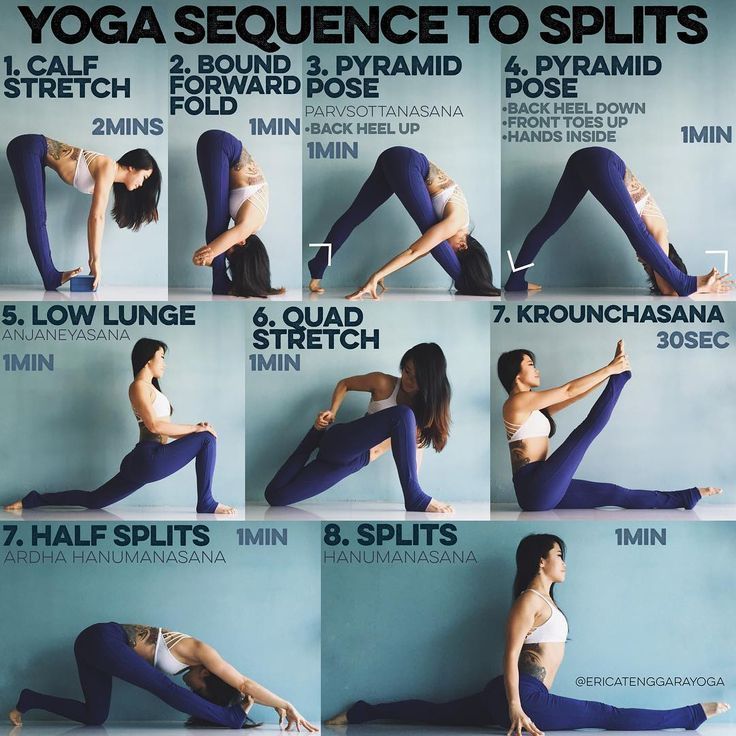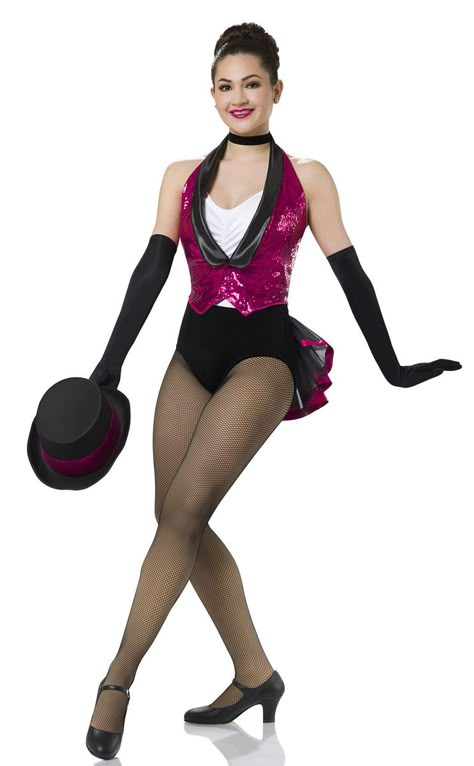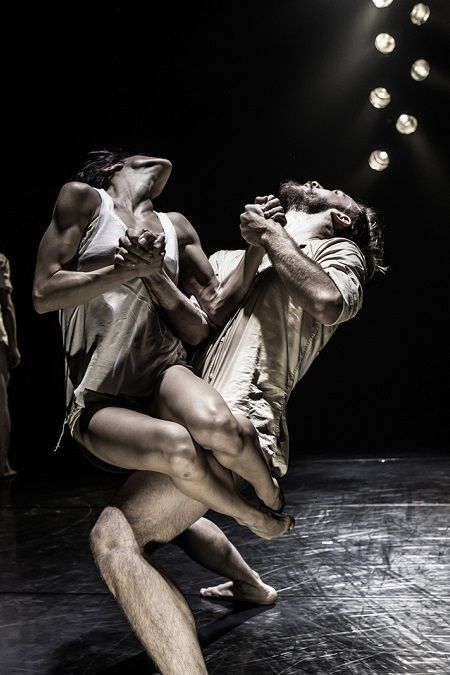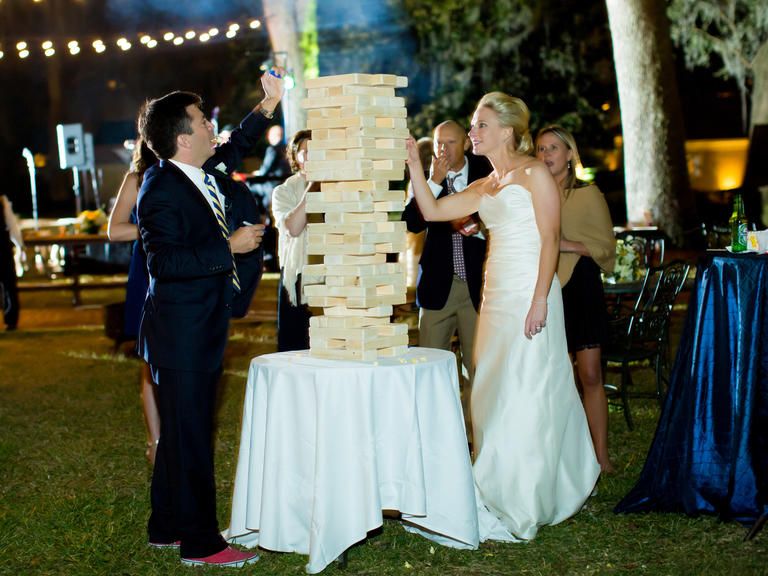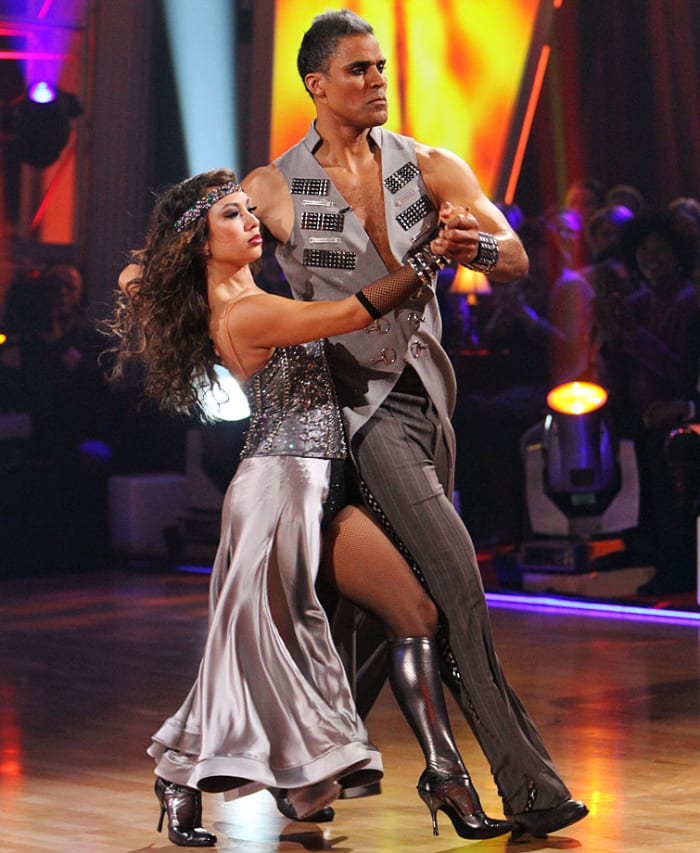How to build calluses on feet for dance
How to Toughen Up Your Feet to Dance Barefoot
Foot calluses can be unsightly in sandals, but for modern dancers, they’re a badge of honor that keep feet from sticking to the floor and protect against blisters and other injuries to the skin. Here’s how to build and care for your calluses.
Building Calluses
Calluses develop naturally on the balls of the feet and heels in response to the friction caused by twisting and turning barefoot on dance and stage floors. The best way to build calluses is simply by taking class regularly and avoiding callus-removing pedicure products.
If you take a break from dance, your calluses may disappear, which means that suddenly launching yourself into an intense training schedule could quickly lead to raw feet. Ease into your regimen to give your peds time to toughen up. For instance, if you take a two-hour class, wear foot thongs for the second half. Gradually work up to taking the entire class barefoot.
Callus Upkeep
Dr. Thomas Novella, a NYC-based podiatrist who specializes in the care of dancers’ feet, rarely trims calluses and advises dancers not to do so on their own. He learned this lesson the hard way: Once, he filed down a modern dancer’s callus too much and it took three weeks to rebuild.
This doesn’t mean that you have to ignore calluses completely. The surface of a callus needs to be flexible for relevés and turns. If it’s too dry, it can rip. To keep them pliable, soak feet in epsom salts and warm water. KT Niehoff, director of Lingo Dancetheater and codirector of Velocity Dance Center in Seattle, keeps her calluses flexible by applying Vaseline each night and wearing socks to bed.
Sometimes a thick, dry callus can pull uncomfortably on the non-callused skin surrounding it, in which case you can use a pumice stone, but be careful only to soften the callus. If you remove it completely, the fragile skin underneath is likely to blister the next time you dance barefoot.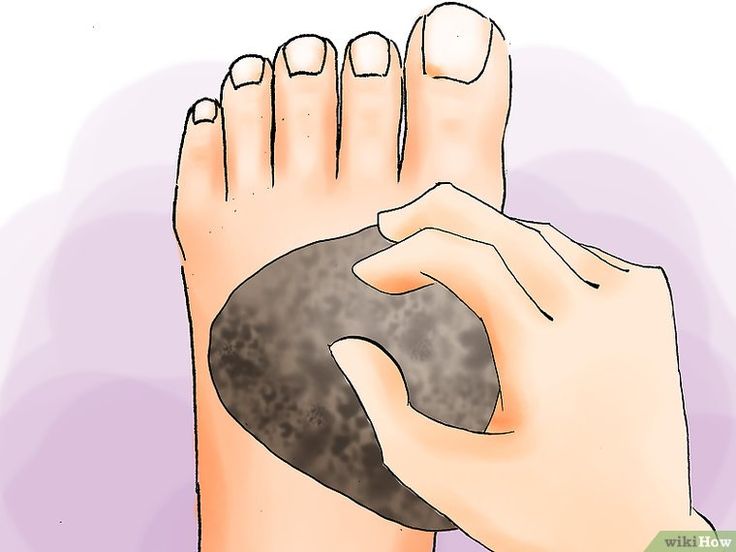
Healing Splits
Always keep an eye on your feet. When calluses get too rough and hard around the edges, they can split easily. (A split is a cut or tear that exposes the delicate skin underneath a callus.)
Treat splits immediately to avoid infection—dance and stage floors are not always the cleanest. If the bottom of your foot becomes red, hot, swollen and painful, there’s a good chance it’s infected. After soaking in epsom salts, apply a disinfectant such as Betadine. Place a Band-Aid across the split (perpendicularly, as if the split is a river and the Band-Aid is a bridge), then wrap your foot in tape or an adhesive bandage such as Elastoplast. If the wrap causes too much friction with the floor to dance, put moleskin, a smooth flannel padding available at most drugstores, on the outside of the wrap. You can also dance in foot thongs until it heals.
Change Band-Aids at least once per day. To remove, press your thumb over the center, then pull one end up before the other end, keeping the split closed as you lift off the Band-Aid.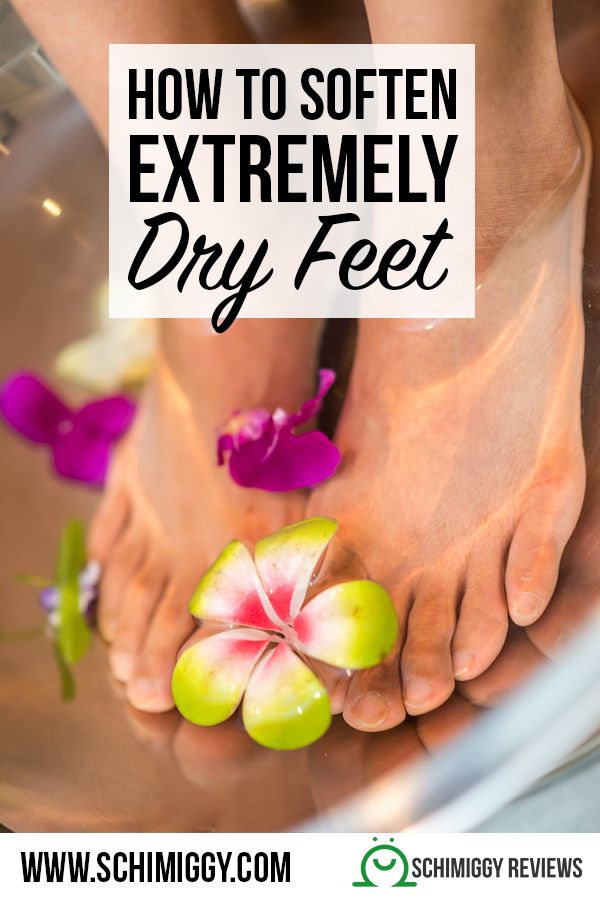
Do’s
1. Do soak feet in epsom salts and warm water after dancing. When calluses become too thick, use a pumice stone to lightly rub off the top layer of skin only.
2. Do keep calluses from tearing
by softening feet with petroleum jelly (such as Vaseline) or lanolin-based creams or lotions such as Eucerin. Lanolin is a fast-absorbing, deeply penetrating grease.
3. Do keep your feet clean, particularly if your callus has a split. The open area is especially susceptible to infection.
4. Do dance in foot thongs until splits heal.
Don’ts
1. Don’t cut or shave down calluses.
2. Don’t use acid-based over-the-counter callus or corn medications, because they are more likely to dissolve calluses completely. Don’t use products that include salicylic acid or trichloroacetic acid.
3. Don’t expect to build up calluses quickly. Work up to taking an entire class barefoot.
Your Body: Happy Feet
Ever since her first modern dance class, Adelheid B. Strelick has had to keep an eye on her toes for splits. “The seam just opens at the base of the big toe about a quarter of an inch, and you always worry about it ripping more,” she says.
Strelick has had to keep an eye on her toes for splits. “The seam just opens at the base of the big toe about a quarter of an inch, and you always worry about it ripping more,” she says.
At the beginning, Strelick’s ballet student feet weren’t used to direct floor contact and she got splits regularly. Now an independent dancer, instructor, and choreographer in New York City, she still finds herself with occasional splits, ingrown nails, bunion pain, calluses, and blisters.
Shoeless dancers can expect foot issues. However, if you don’t take time to monitor what’s going on with your toes, very painful injuries can result. Who wants to dance barefoot on a ripped callus? Proper preventative care starts with soaping feet daily and drying them well, especially between the toes. “It’s very important, especially for the barefoot dancer, because otherwise the skin will become overly soft,” potentially leading to athlete’s foot and skin cracks between the toes, says Brion R. Charles, physical therapist at San Francisco Conservatory of Dance and Alonzo King’s LINES Ballet.
Charles, physical therapist at San Francisco Conservatory of Dance and Alonzo King’s LINES Ballet.
Here are some tips for healthy toes:
Calluses
Dancers need calluses, which are a thickening of skin resulting from friction and pressure, because they help protect the feet, especially for modern dancers. “It’s like wearing a shoe without a shoe,” says Strelick. “You turn better; you slide better.” But a callus can be painful if it becomes overgrown, so keep it in check with a pumice stone. “You wouldn’t want to mess with it too much unless you felt it thickening up,” Charles says. “You want it even and contoured with the softer skin around it.”
Cracks and Splits
If a callus gets dehydrated, it can split. Strelick uses petroleum jelly, an ibuprofen cream she gets in Europe, or Neosporin to treat cracking or tearing from dancing barefoot. Use an emery board to gently file down the edges of a crack on the bottom of the foot, says Dr. Elliot Diamond, podiatrist for the Pennsylvania Ballet. Then use a piece of tape or bandage on one side of the wound, pull the split closed and tape the other side.
Elliot Diamond, podiatrist for the Pennsylvania Ballet. Then use a piece of tape or bandage on one side of the wound, pull the split closed and tape the other side.
“If it’s in the inner space between toes, keep it impeccably dry,” he says. Take a square bandage and fold it in half lengthwise, place it in the split area and tape it on the bottom and top of the foot. Ask your physician about the drying antifungal solution Gentian violet, since it can be difficult to find in drug stores. It can be swabbed on the skin two or three times a day for a few days to fight fungal infections.
Blisters
If you feel a blister developing, prevent it by padding the area. Charles recommends Elastikon, a brown elastic tape that moulds and sticks well to skin, to build up a protective layer around the blister until it reabsorbs. He does not recommend draining the blister because of the infection risk. If a blister pops, treat it like a cut to prevent infection.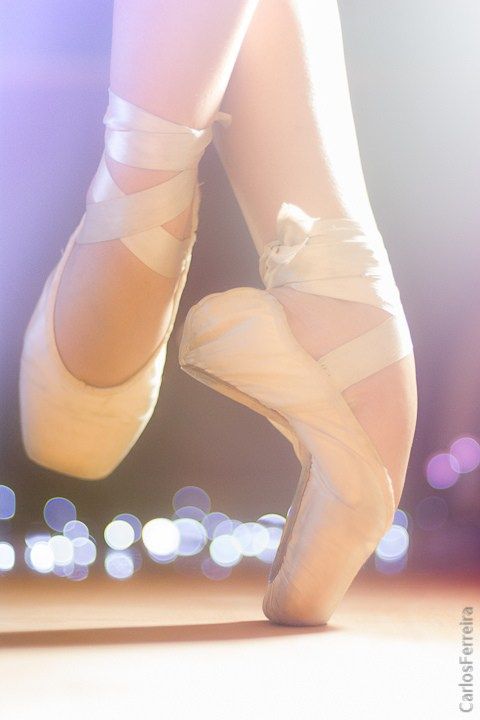 Strelick relies on 2nd Skin Moist Burn Pads from Spenco for flexible, waterproof antiseptic protection.
Strelick relies on 2nd Skin Moist Burn Pads from Spenco for flexible, waterproof antiseptic protection.
Bunions
Although bunions are largely hereditary, joint deformity can happen if a dancer consistently rolls forward into the front edge of the big toe, either in relevé or in turned out positions. Use spacers or tape the toe to keep the joint in a normal position to help with pain. Diamond suggests elastic, therapeutic Kinesio tape. Strelick finds it helpful to focus on alignment outside the studio by walking in parallel. Diamond also notes that young dancers might benefit from the Bunion-Aider (www.3pointproducts.com/bunion-aider), a device worn at night to help reverse the beginnings of bunion damage. It slips over the big toe and creates a corrective, stabilizing stretch to reduce bunions.
Stretches and Exercises
Keeping toes and feet in peak form and correcting alignment helps your feet remain injury-free:
• Sit on the floor with your legs straight out in front of you.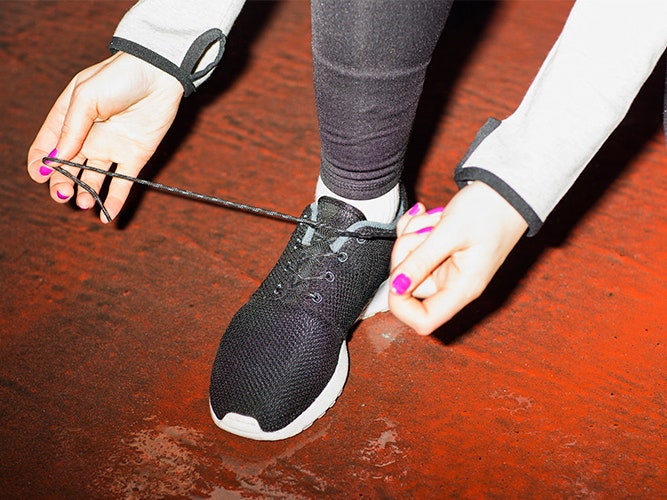 Reach and gently pull the toes, either one at a time or as a group, toward the body.
Reach and gently pull the toes, either one at a time or as a group, toward the body.
• When you are standing, relevé and arch over your toes in a plié, keeping them long and straight.
• Cup the foot, or lift the arch ligaments up, and then relax, either in a seated or standing position (20–30 repetitions).
• Use a Thera-Band to wing and relax the foot (100 slow repetitions).
• Sit on a chair and use your toes like a cat to spread and retrieve a towel (20–30 repetitions).
Gentle massage helps release built-up waste products that cause toe cramping, Diamond says. And toe-stretching devices such as YogaToes can help provide spasm relief.
Sole protectors Devices like FootUndeez or Dance Paws can help, too, while dancing. These sole protectors allow a respite from friction, especially if you feel the start of a split occurring. “They are useful for a less-experienced dancer who wants to slowly build up her endurance,” Charles says. “They are also useful for the working dancer who needs a break from rehearsing the same movements over and over, or from dancing on floors that may not have an evenly smooth surface. ”
”
Hannah Maria Hayes is a NYC writer and flamenco dancer.
Photo by Erin Baiano.
The most effective ways to avoid the appearance of calluses on the feet
May 20, 2016TipsHealth
Usually I prefer comfortable shoes, and still a couple of times during the summer there are unsuccessful walks that end in quite serious damage to the skin of the feet. I'm out of action for a week and can't run or walk normally. Once again, having “killed” my legs, I decided to collect ways that help to avoid the appearance of calluses on my legs, and at the same time share them with Lifehacker readers.
Share
0Recommendations that save you from blisters can be divided into 4 groups:
- The right choice of shoes.
- Preparing shoes for extended wear.
- Preparation of legs for increased loads.
- Insurance directly on the walk.
Choosing the right shoes
Naturally, shoes should be comfortable (even if they are high heels). And convenient right away. Do not be fooled by the assurances of sellers that over time the pair will spread. As for the materials, the question is ambiguous. Of course, natural ones are usually better. But where have you seen sneakers made from natural fabrics? Sometimes modern synthetic materials are even better than those from mother nature. However, we can say with confidence: the better the shoes “breathe”, the less likely it is to ruin your feet.
And convenient right away. Do not be fooled by the assurances of sellers that over time the pair will spread. As for the materials, the question is ambiguous. Of course, natural ones are usually better. But where have you seen sneakers made from natural fabrics? Sometimes modern synthetic materials are even better than those from mother nature. However, we can say with confidence: the better the shoes “breathe”, the less likely it is to ruin your feet.
An unobvious trick when buying shoes is choosing the time to try them on. It is better if it is the evening after a full day of work, when the legs swell a little. This is how you can choose a model that will not create problems later.
Go shopping in the evening for a new pair of shoes.
There is one more nuance: for many people, the sizes of the left and right feet are different. Well, if we are talking about a couple of millimeters. But it is likely that the difference is greater (half a size or even a whole size).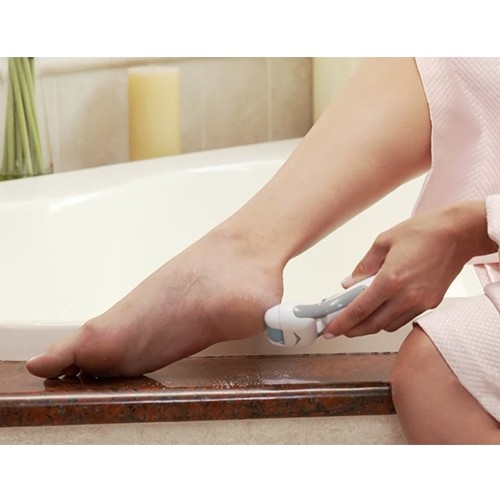 If you are not ready to buy two pairs of each model, at least use insoles of different thicknesses or special inserts that are sold in shoe stores, pharmacies and orthopedic salons. But do not buy a pair that is the size of a smaller foot - the other leg will not become smaller from this, and walking will be uncomfortable.
If you are not ready to buy two pairs of each model, at least use insoles of different thicknesses or special inserts that are sold in shoe stores, pharmacies and orthopedic salons. But do not buy a pair that is the size of a smaller foot - the other leg will not become smaller from this, and walking will be uncomfortable.
Preparation of shoes for extended wear
In other words, gradual wear. Don't wear new shoes all day long. Wear it a couple of times for a short walk with your dog or to the nearest store. And if you can't wait, there are several quick ways:
- use special shoe break-in products that you can buy in a shoe store;
- Stuff shoes tightly with wet towels and leave overnight;
- wear thick socks.
If time is running out, heating with a hair dryer will help speed up the process.
Preparing the feet for increased stress
Calluses appear when the feet are too wet or too dry, and when the skin is too thin.
Excessive sweating of the feet is very difficult to deal with. But you can at least partially solve this problem if you dry your shoes well (get the insoles, use UV dryers), use antiperspirants for your feet or powder (talc), make baths with herbs (horsetail, mint, chamomile). You should also get rid of foot fungus - healing creams really help if you follow the instructions. Sports socks help wick moisture away.
1000 Mile Fusion Running Socks / wiggle.comIn order for the skin to be more resistant to damage, it should not be too dry. Foot creams do an excellent job of nourishing the skin, and at the same time can have an additional deodorizing effect. If you remember this already on a walk, hygienic lipstick will help - you can buy it at any pharmacy and in most supermarkets. Lubricate with it especially prone to the appearance of corns.
If the skin is too thin, tanning agents will help. Many plants contain tannin: tea, oak, chestnut - usually those that have an astringent taste.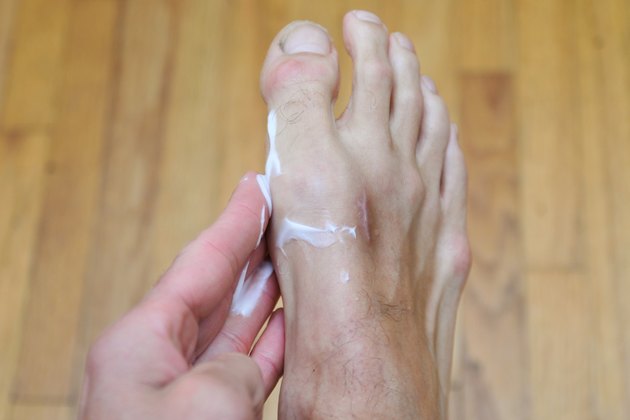 Baths and creams with their extracts will help make the skin firmer.
Baths and creams with their extracts will help make the skin firmer.
Callus-resistant skin of the feet is usually not too thin, it is dry, but not overdried. If yours is not like this, care procedures will help.
It also makes sense to strengthen the muscles of the foot. Spreading and squeezing fingers, lifting objects from the floor with your toes, rotations are extremely simple exercises that can be done while sitting at your desk.
Insurance directly on the walk
If you have a long walk in new shoes, it is better to immediately cover the places where corns most often form with a plaster. There are transparent patches that are invisible even in open shoes.
ozon.ruPlasters can be glued not only on the foot, but also on the shoes themselves. Even generally comfortable shoes can be too stiff in some places. Then this is the best way to help.
Removal of corns on the feet | How to get rid of corns and dry calluses in "SM-Cosmetology"
It is not recommended to ignore corns, as over time they can develop into calluses on the legs, which are hard, roughened areas of the skin with a spot in the middle, this core goes deep into the thickness of the epidermis. The fastest and most effective way to treat calluses on a finger or foot is in a specialized clinic where a podiatrist conducts an appointment.
The fastest and most effective way to treat calluses on a finger or foot is in a specialized clinic where a podiatrist conducts an appointment.
Causes of calluses
Before you get rid of corns on your feet and fingers, you need to find out the main causes of their appearance and eliminate them. Most often, corns occur due to:
- use of uncomfortable, narrow shoes and shoes of the wrong size;
- wearing hard shoes on a bare foot or a very thin nylon sock;
- too high a heel, which contributes to squeezing and excessive load on the forefoot;
- various foot diseases;
- walking barefoot for a long time;
- excessive sweating of the legs;
- wearing shoes with hard seams inside or with rubbing surfaces;
- using oversized socks that form folds;
- selection of shoes with thin soles.
How to get rid of corns on your feet yourself
The easiest way to cure a water callus is to wait until it bursts, or pierce it yourself.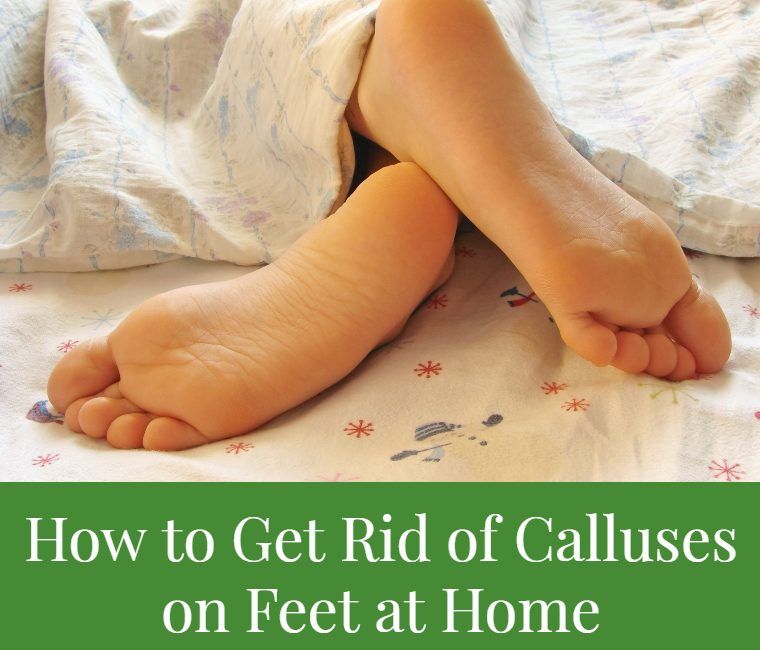 However, it is important to take care of disinfection, otherwise there is a risk of infection.
However, it is important to take care of disinfection, otherwise there is a risk of infection.
When deciding how to get rid of dry corns, one must take into account the area and depth of the lesion. For example, a small thickening on the little finger can be removed with a pedicure file or pumice stone. You may first need to soften the skin in a hot bath with the addition of various components.
Also, dry callus on the leg is removed by applying salicylic ointment at night or sticking a special medical patch.
However, doctors do not recommend removing corns on their own, as there is always a risk of damaging the skin and causing infection, which will create additional problems and complicate treatment.
Doctors remove calluses
The fastest, safest and painless method is hardware procedures. Removal of the formation is carried out on a special cosmetology apparatus equipped with an automatic cutter fixation system. This eliminates the risk of soft tissue damage.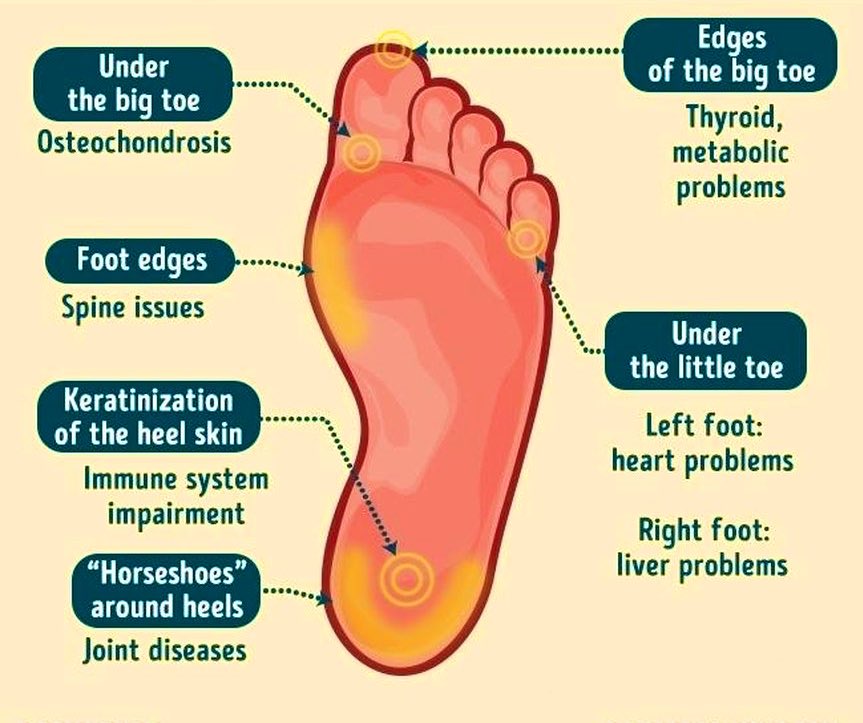 The procedure itself is painless and does not require special preparation. The duration of the session is from 10 to 60 minutes. It depends on the number of dry corns and the degree of their neglect.
The procedure itself is painless and does not require special preparation. The duration of the session is from 10 to 60 minutes. It depends on the number of dry corns and the degree of their neglect.
Before starting work and during the procedure, the skin is thoroughly disinfected. In case of hypersensitivity, the patient is given topical anesthesia. During the treatment of corns and corns, the skin is cooled with a spray.
After removing the callus or corns, the skin is polished, while the edges of the treated area are smoothed out so that subsequently there is no discomfort when walking. After the procedure is completed, the treated surface is protected with a bandage.
In this way, you can remove any corns, including dry callus on the toes or feet.
Features of hardware procedures:
- absolute safety - the treated surface is thoroughly disinfected, which eliminates the risk of infection;
- speed - unlike home procedures, the removal of corns and calluses in a cosmetology clinic is performed quickly and efficiently.
 One procedure is enough;
One procedure is enough; - painlessness - automatic fixation of the cutter on the equipment protects the skin from accidental injury and pain;
- no contraindications - anyone can use the hardware removal of calluses.
Recommendations after removal of dry calluses on the feet (on fingers)
After hardware removal of corns and corns, it is recommended to wear loose shoes made from natural materials. For 2 weeks it is better to give up high heels, and also not to visit pools and saunas for a month. The skin is best treated with a disinfectant.
Patients who successfully get rid of dry calluses experience lightness in the legs and no pain while walking.
It is better to prevent the occurrence of corns and regularly remove rough skin on the legs. Periodically undergoing a medical apparatus pedicure procedure, you will not know such a problem as rough skin on the legs and the occurrence of complications.
If you want to remove dry corn, contact the SM-Cosmetology clinic.


